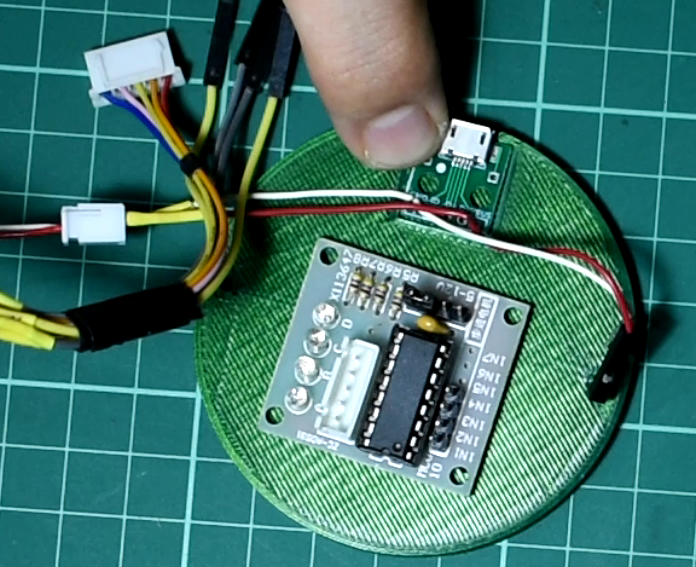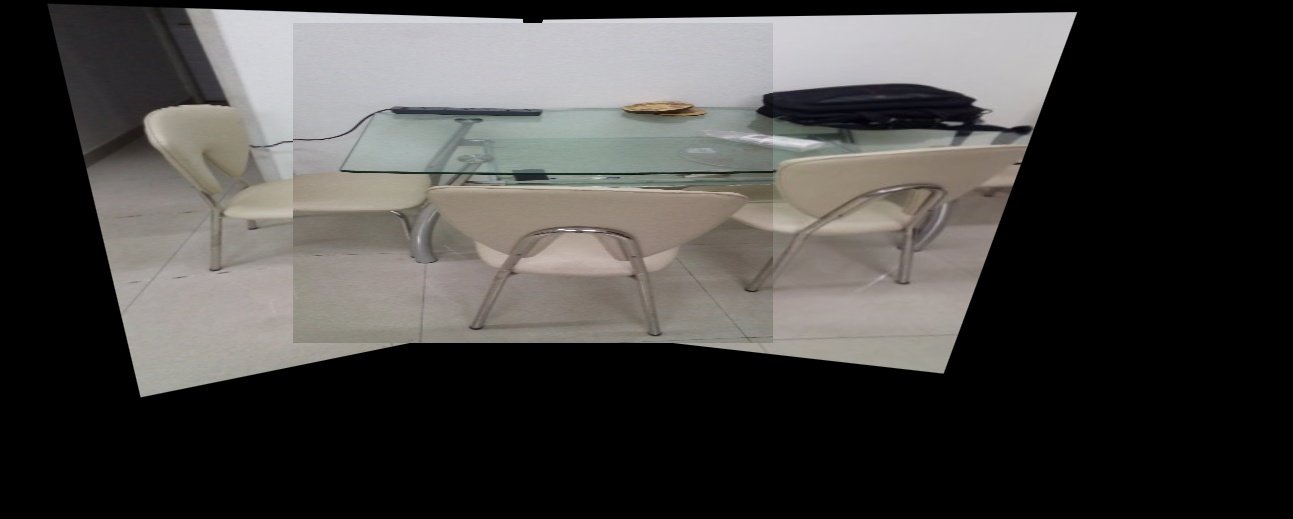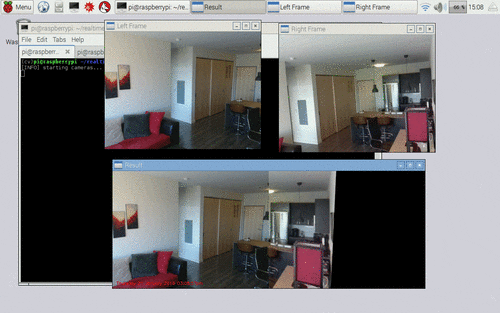

So basically, the camera will be linearly translated in a plane and around 20-30 images will be taken continuously. #cv2.imsave("original_image_stitched_crop.I want to create a panorama using multiple images. Print("Not enought matches are found - %d/%d", (len(good)/MIN_MATCH_COUNT))ĭst = cv2.warpPerspective(img_,M,(img.shape + img_.shape, img.shape))Ĭv2.imshow("original_image_stitched.jpg", dst)Ĭv2.imshow("original_image_stitched_crop.jpg", trim(dst))

#cv2.imshow("original_image_overlapping.jpg", img2) M, mask = cv2.findHomography(src_pts, dst_pts, cv2.RANSAC, 5.0) #match = cv2.FlannBasedMatcher(index_params, search_params) #index_params = dict(algorithm = FLANN_INDEX_KDTREE, trees = 5) #cv2.imshow('original_image_left_keypoints',cv2.drawKeypoints(img_,kp1,None)) Img2 = cv2.cvtColor(img,cv2.COLOR_BGR2GRAY) #img = cv2.imread('original_image_right.jpg') Img = cv2.imread('original_image_left.jpg') Img1 = cv2.cvtColor(img_,cv2.COLOR_BGR2GRAY) #img_ = cv2.imread('original_image_left.jpg') Img_ = cv2.imread('original_image_right.jpg') Here is the complete final code: import cv2 With the above code, we'll receive the original image as in the first place: #cv2.imwrite("original_image_stiched_crop.jpg", trim(dst)) If you want, you can also write it to disk: cv2.imshow("original_image_stiched_crop.jpg", trim(dst))
#Panorama stitcher for four images python open cv python code#
So from this point, what is left is to remove the dark side of the image, so we'll write the following code to remove the black font from all image borders: def trim(frame):Īnd here is the final defined function we call to trim borders, and at the same time, we show that image on our screen. So at this point, we have a fully stitched image: Then in "DST", we have received only the right side of the image that is not overlapping, so in the second line of code, we place our left side image to the final image. In the above two lines of code, we are taking overlapping areas from two given images. So we use this as follows: dst = cv2.warpPerspective(img_,M,(img.shape + img_.shape, img.shape))ĭst, 0:img.shape] = img We apply the following homography matrix to the image: warped_image = cv2.warpPerspective(image, homography_matrix, dimension_of_warped_image) So, once we have established a homography, we need to warp perspective, essentially change the field of view. Simply talking in this code line cv2.imshow("original_image_overlapping.jpg", img2), we are showing our received image overlapping area: I can't explain this in detail because I didn't have time to chatter about this, and there is no use for that. So in the if statement, we are converting our Keypoints (from a list of matches) to an argument for the findHomography() function. Otherwise, show a message saying not enough matches are present. So at first, we set our minimum match condition count to 10 (defined by MIN_MATCH_COUNT), and we only do stitching if our good matched exceeds our required matches. Print ("Not enough matches are found - %d/%d" % (len(good),MIN_MATCH_COUNT))

Img2 = cv2.polylines(img2,True,255,3, cv2.LINE_AA)Ĭv2.imshow("original_image_overlapping.jpg", img2) M, mask = cv2.findHomography(src_pts, dst_pts, cv2.RANSAC,5.0) So let's jump into stitching coding: MIN_MATCH_COUNT = 10 So "img_" will take the right image, and "IMG" will take the left image.

It's one line of code: H, _ = cv2.findHomography(srcPoints, dstPoints, cv2.RANSAC, 5)īefore starting the coding stitching algorithm, we need to swap image inputs. To estimate the homography in OpenCV is a simple task. As we described before, the homography matrix will be used with the best matching points to estimate a relative orientation transformation within the two images. So, once we have obtained the best matches between the images, our next step is to calculate the homography matrix. What is left is just several lines of code. We finished three first steps in our previous tutorial, so the last 3 steps left to do. In our first tutorial, we did the most job. Select the top best matches for each descriptor of an image Compute distances between every descriptor in one image and every descriptor in the other image ģ. Compute the sift-key points and descriptors for left and right images Ģ. So here is the list of steps from our first tutorial on what we should do to get our final stitched result:ġ. Welcome to our second image stitching tutorial part, where we'll finish our first tutorial part, and we'll receive our stitched image.


 0 kommentar(er)
0 kommentar(er)
